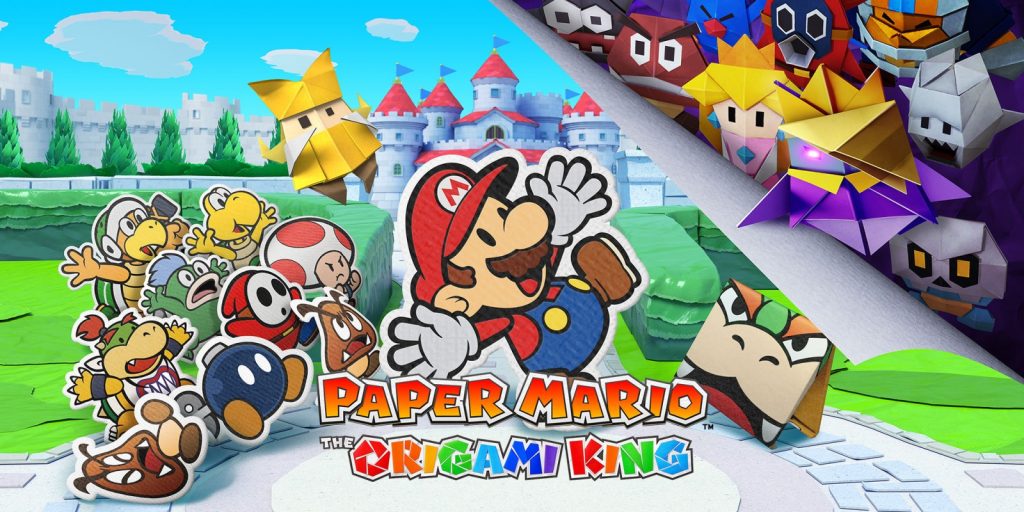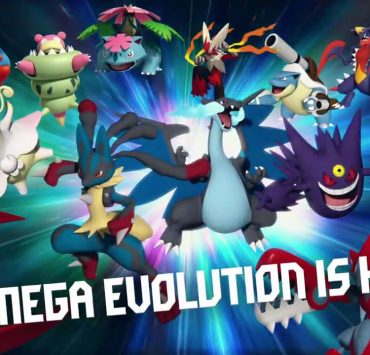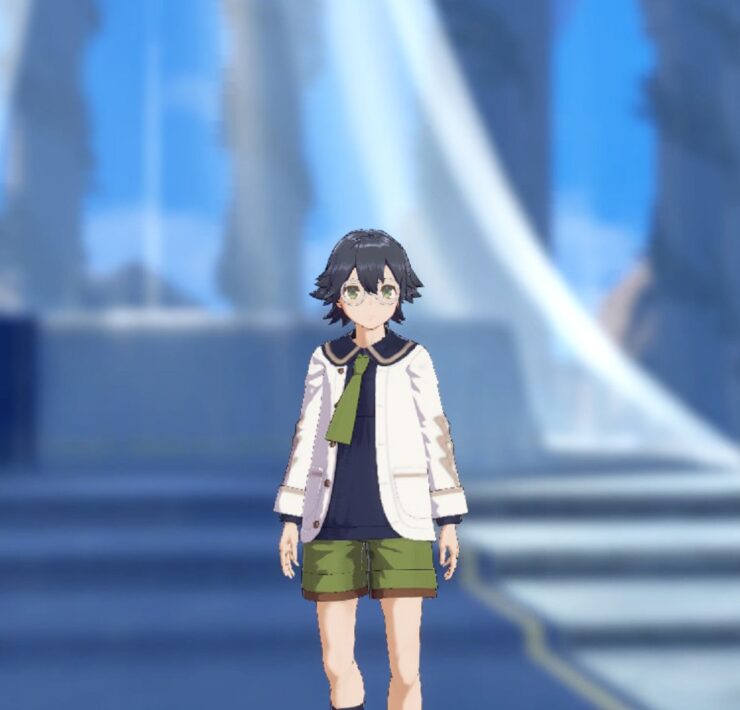What Do We Mean When We Call Games “Charming”?

There are nearly countless words that critics and fans alike use when discussing media. We often use them without thinking and assume that other people understand what we mean when we call a video game “cinematic” or when some of us call ourselves “gamers”. But what do these words really mean? What is the weight behind them, if they have any weight at all? A popular but vague word used by video game critics is “charming”. We all have an idea of what it means in context, but what do we really mean when we call a video game “charming”?
What do you imagine when you think of a “charming” video game? For me, the first character to pop into my mind is Mario. Mario games are charming. Recent reviews of Paper Mario: The Origami King referred to the game’s aesthetics, world, characters, and story as “charming”, and we all have a vague idea of what that means – what to expect from a game that is referred to as “charming”. So, let’s break that down.

If we take Mario as an example (and he is a great example), charming seems to have quickly become synonymous with colour and vibrancy, rather than anything cold, dark, or bleak. The aesthetics of most platformer games, and a vast majority of Nintendo games, could be called “charming” if they have a bright, sunny, warm, welcoming, comforting, and colourful aesthetic. The kind of aesthetic which appeals to children of all ages. The kind of aesthetic that makes you feel a positive blend of comforted and excited.
Can we go further than this? If the aesthetics of a “charming” video game are bright, colourful, and warm, then that means any charming game should probably be suitable for all ages, not just in presentation but in theme. A Mario game, for example, usually attempts to teach clear and concise morals along the lines of goodness and heroism trumping malice, greed, and selfishness. So “charming” could mean something that has a satisfying moral theme; a positive message to make the player feel good and happy.
If we generally understand “charming” aesthetics and themes, how about music? What does charming video game music sound like? Again, we’re leaning towards positivity and vibrancy. The music should be melodious and catchy, quick and bouncy; something to inspire enthusiasm and excitement. It should sit on the major scale and feature instruments that have a sunny disposition and invoke sunny feelings of hope and warmth.
This word, warmth, is one that I’ve brought up several times, to the point that it is beginning to feel as vague as “charming”. So, while we’re here, what does warmth mean within the context of video games? Warmth implies safety and comfort. When playing a game that is “warm” and “charming” we should be smiling and feeling positive. We should not be bombarded with fear, heartache, and heavy themes of loss or revenge.

Mario, for example, doesn’t save Princess Peach because he has a thirst for revenge; his Bowser-hunt is always framed far more altruistically than that, mostly through how Mario and Bowser are presented. Their actions, the way they’re designed and depicted, and even how they sound all help the audience form an immediate understanding that Bowser is vicious and dangerous, and Mario is certainly not vengeful or malicious. He’s charming.
Having tackled visuals, music, and themes – at least to a point – the elephant in the room is the story. How do we define a charming story? And this, of course, goes beyond video games. A charming story, to my mind, is one that can take any form and feature any kind of hero or villain, but frames its characters and events in a positive light. Positivity, in this sense, should involve the following ingredients: humour and laughter, courage, a sense of adventure, heroism in some capacity, witty and snappy dialogue, a varied cast of characters with large personalities, and a happy ending.
Take, for example, a story about pirates on the open sea. It would be quite effortless to write a gritty tale of thievery, murder, abuse, torture, loss, death – a whole slew of dark acts and themes. It’s equally easy enough to write a “charming” pirate story, in which our protagonist is a Robin Hood-type with a loud mouth, a heart of gold, and a witty sidekick. Every Black Sails has its One Piece. Taking these examples even further, the aesthetics, themes, and music all match up with earlier definitions of “charming”.
Charm, in any story or media, seems to be about combining positivity and humour wherever possible, and letting those two components bleed into the mechanics that make up a piece of art (visuals, music, themes, story, etc). The sweeter and more universal, or even silly, the humour is, the more charming it often appears. Take Bob’s Burgers, for example: a show about a poor family of dreamers who are all pretty terrible at everything they try. Not exactly positive. But it’s the pun-heavy humour, the silly conversations, the childish jokes and naively hopeful approach to life which keeps the show firmly and consistently in the “charming” camp.

It’s interesting how certain genres have become so interwoven with the idea of charm and being charming, with platformers being the undisputed kings and queens of charm. Perhaps this is down to the mechanics of platformers. Rather than being given a gun and offered a limited means of traversal like in, say, Gears of War, platformers are primarily about jumping, climbing, exploring, and feeding your sense of curiosity in a healthy way. Platformers encourage experimentation and practice through pacifistic mechanics. Down to their very bones, platformers are charming video games, and because their mechanics are charming, they automatically demand charming music, visuals, themes, and stories to go along with that.
All of this almost seems to point to an innate understanding of charm and what it looks like. Once a game has its charming story or themes, everything else has to follow along. The same goes for “grit”. Take one look at the themes of Dark Souls and there’s no way that a game with those kinds of themes couldn’t have grotesque monsters, slow and clunky mechanics, an oppressive atmosphere, and slow and gloomy music.
If you want your game to be charming, you need to make your aesthetics bright and colourful, your characters funny and positive, your themes heroic and good, your music catchy and inspiring, and your story full of humour and happy endings. Charm is, in the end, all about goodness, positivity, and comedy.
Thank you for visiting Nintendo Link! Please let us know what you think about the topic at hand in the comments below, and let’s continue the discussion there.
What's Your Reaction?
Will Heath is a freelance writer and digital nomad from the UK who mostly splits his time between London and Tokyo. He runs the website Books & Bao – a site dedicated to international literature and world travel – and writes about video games for Nintendo Link and Tokyo Weekender.












